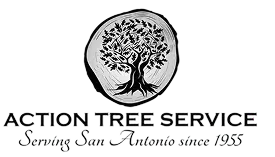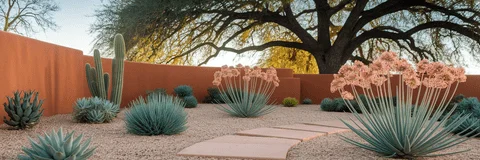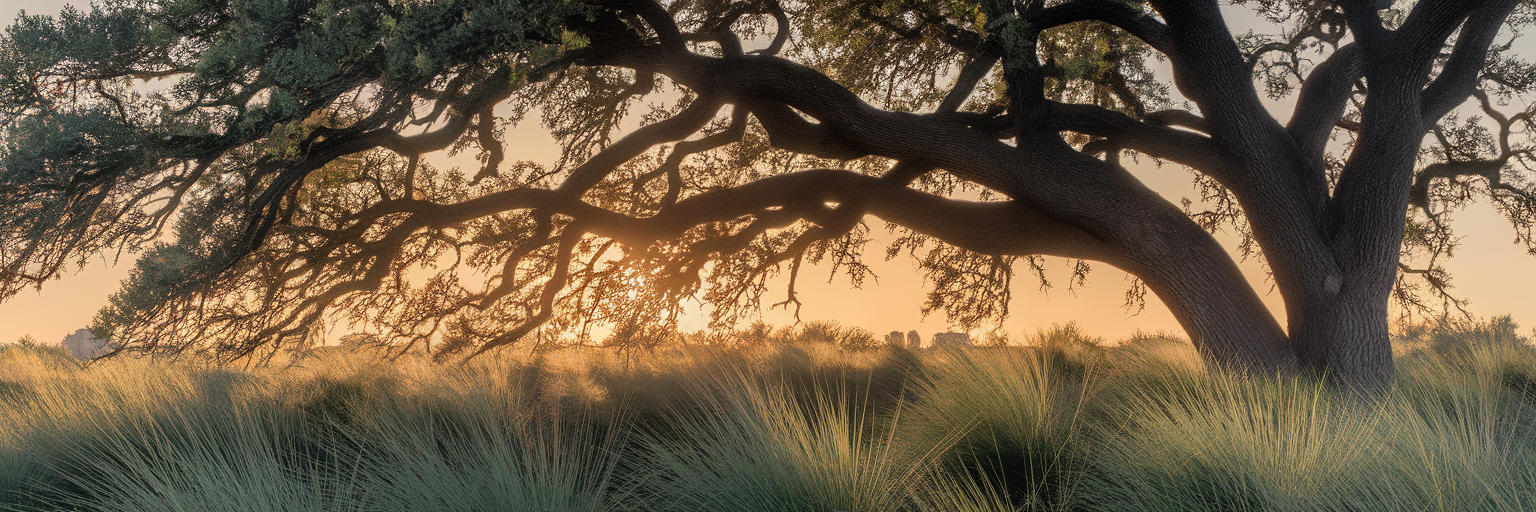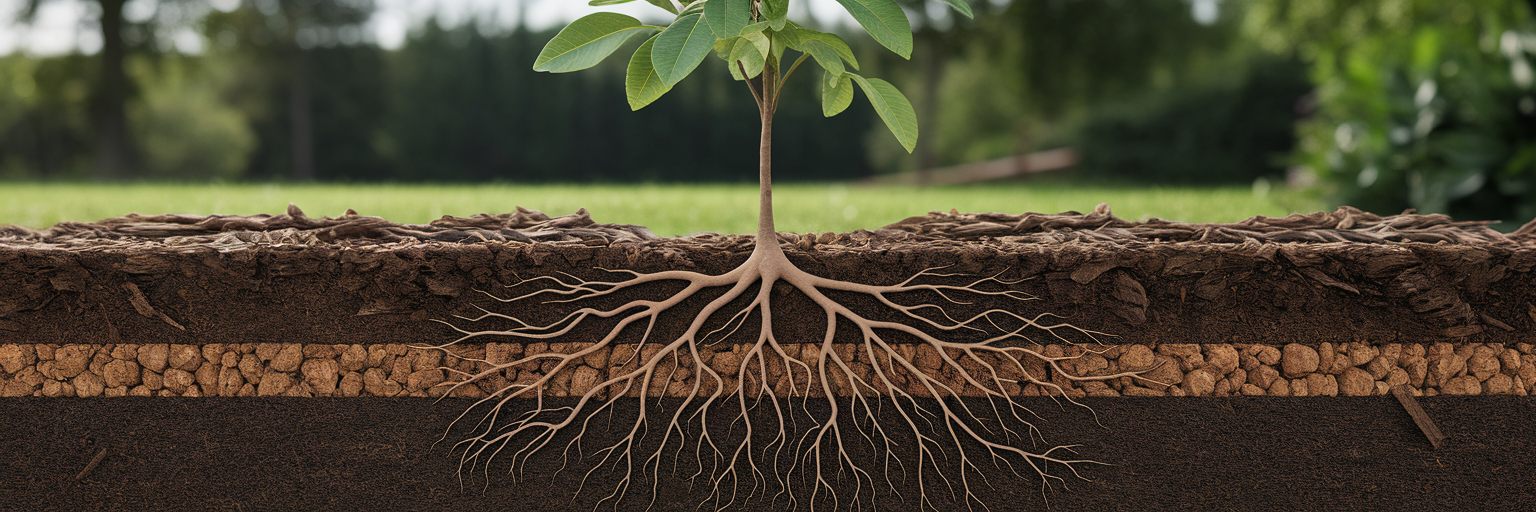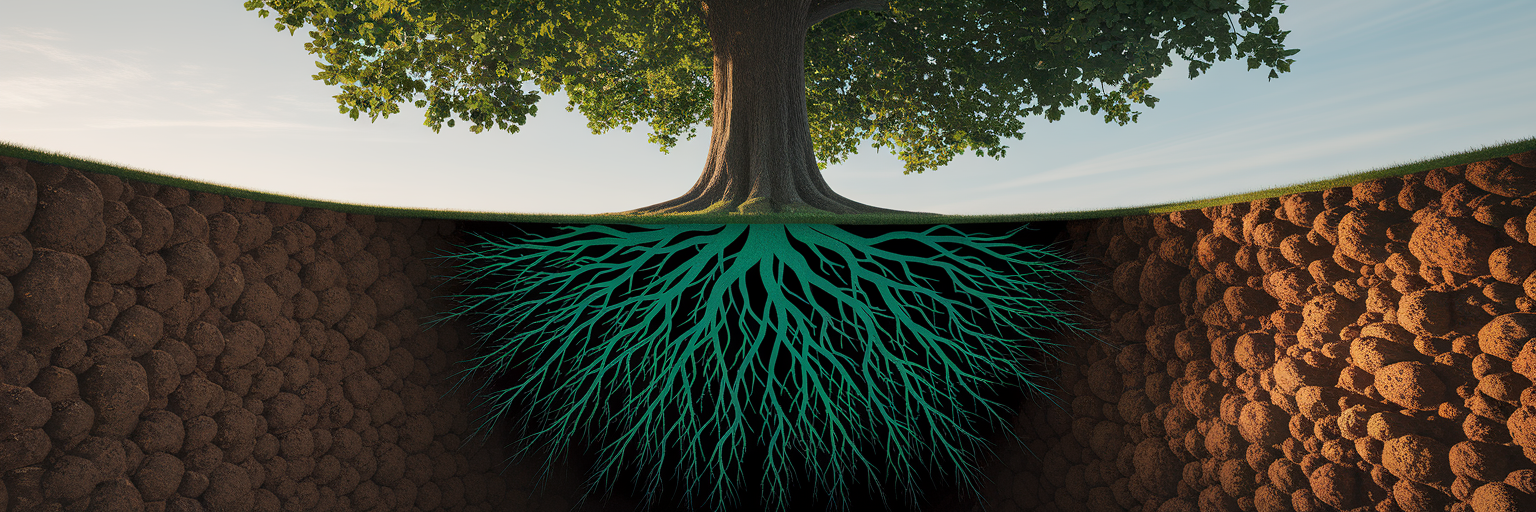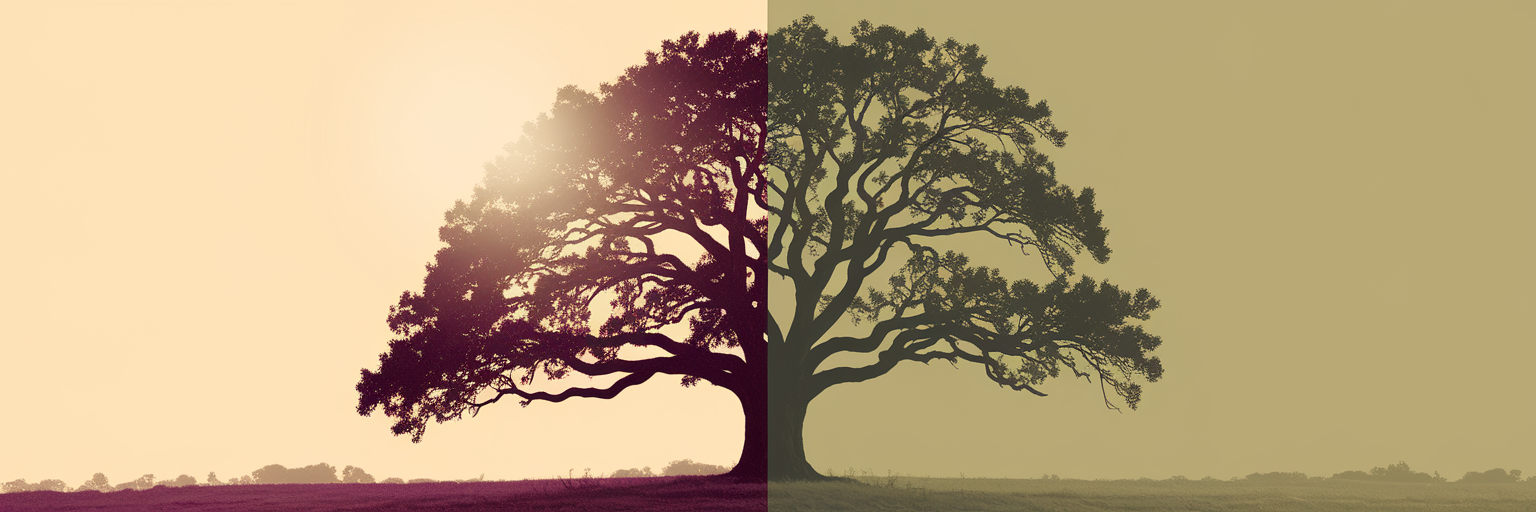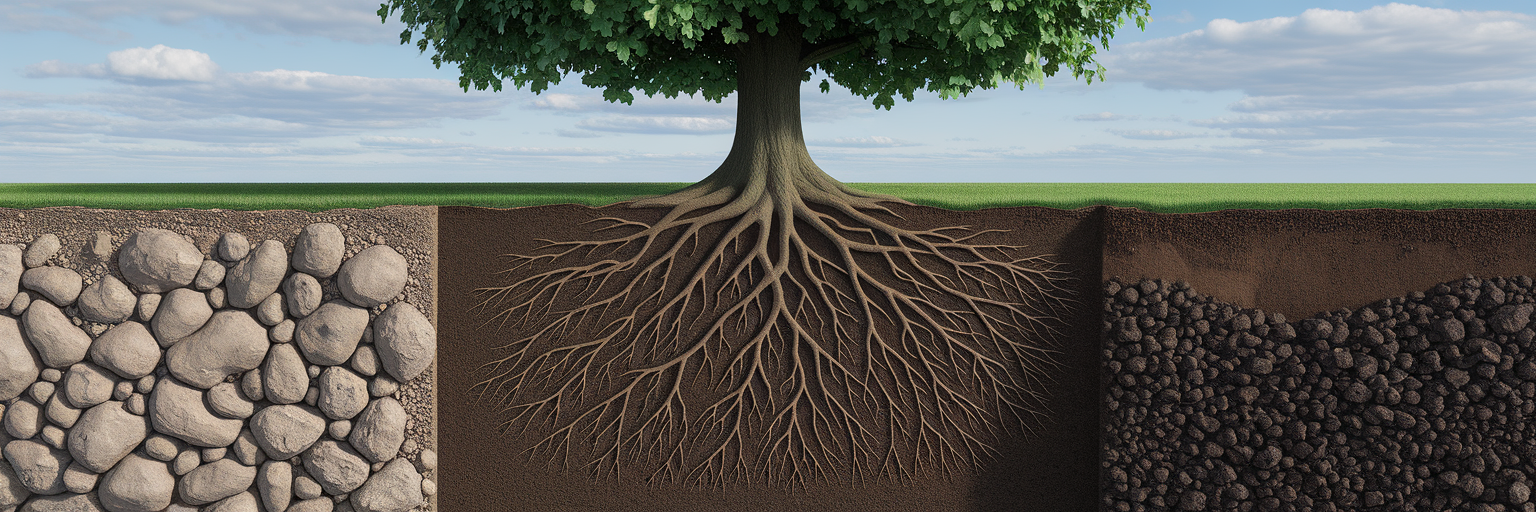Why Drought Resistance Matters in San Antonio
Anyone who has lived through a San Antonio summer knows that our climate demands resilience. The long stretches of intense heat and unpredictable rainfall make water a precious resource, turning lawn care into a constant challenge. This is precisely why selecting the right trees is not just a matter of aesthetics, but a strategic decision for any property owner. Choosing drought resistant trees San Antonio properties can support is a wise, long-term investment.
These water-wise trees require significantly less irrigation once established, which directly translates to lower utility bills and reduced maintenance. Beyond the practical savings, they provide essential cooling shade that can lower home energy costs during the hottest months. By choosing trees adapted to our environment, you enhance your property’s value and contribute to a healthier, more sustainable local ecosystem. It is a choice that pays dividends for years to come.
Top Native Trees for Local Landscapes
When considering how to choose trees for Texas climate, starting with native species is always the best approach. These trees have spent thousands of years adapting to our specific soil types, weather patterns, and pests. This genetic programming means they establish more easily and thrive with less intervention. They are the true workhorses of a sustainable local landscape.
Here are some of the best native trees for San Antonio that we consistently recommend for their beauty and resilience:
- Texas Live Oak: This iconic tree is a symbol of the Texas landscape. Its magnificent, sprawling canopy provides dense, cooling shade year-round, making it an invaluable asset for any yard. Its remarkable longevity and durability mean it will grace your property for generations.
- Cedar Elm: Known for its exceptional toughness, the Cedar Elm is highly adaptable and can flourish in various local soils, including the challenging clay common in our area. Its classic, upright form adds structure and height to a landscape design.
- Desert Willow: For those seeking aesthetic appeal, the Desert Willow is a fantastic choice. It boasts beautiful, trumpet-shaped flowers that attract pollinators like hummingbirds and butterflies. Its delicate, airy structure offers a softer look compared to more robust trees.
- Yaupon Holly: This versatile plant can be grown as a small tree or a large shrub. Its glossy evergreen leaves provide year-round color, but its main attraction is the clusters of bright red berries that offer a striking visual against a winter landscape.
These species are consistently recommended by local experts, and as the San Antonio River Authority highlights, native, drought-tolerant trees are ideal for homeowners in the region. For more ideas and in-depth information, you can explore the collection of articles on tree care found on our blog.
| Tree | Mature Size | Key Feature | Primary Benefit |
|---|---|---|---|
| Texas Live Oak | 40-50 ft. tall, 60-100 ft. wide | Dense, evergreen canopy | Maximum shade and durability |
| Cedar Elm | 50-70 ft. tall, 40-60 ft. wide | Tough and adaptable | Thrives in poor soils |
| Desert Willow | 15-30 ft. tall, 10-20 ft. wide | Showy, trumpet-shaped flowers | Attracts pollinators |
| Yaupon Holly | 15-25 ft. tall, 15-20 ft. wide | Bright red winter berries | Year-round visual interest |
Excellent Adapted Trees for Added Variety
While native trees form the backbone of a resilient landscape, adapted species offer an opportunity to introduce unique colors and forms. An “adapted” tree is a non-native species that has a proven track record of thriving in our local climate without becoming invasive. They expand your palette, allowing for more diverse and personalized landscape designs.
One of the most popular adapted trees is the Chinese Pistache. It is celebrated for its superior heat tolerance and, most notably, its spectacular fall foliage. The brilliant shades of red, orange, and yellow provide a seasonal display often missing among our native evergreens. Another excellent choice is the Lacey Oak. With its smaller stature, it is perfectly suited for modern residential lots where space may be limited. Its distinctive blue-green leaves add a cool tone to the landscape, offering a subtle contrast to other plants. Balancing the reliability of natives with the unique contributions of well-vetted adapted species is one of the most effective San Antonio landscaping tips. A professional evaluation, which is a core part of our residential services, can ensure the right tree is chosen for the right space.
Key Factors Beyond Species Selection
Selecting the right tree is a great start, but its long-term success depends on what happens after it leaves the nursery. Even the toughest species need a strong foundation to become the low maintenance trees San Antonio homeowners desire. Focusing on these key steps will help ensure your new tree thrives for decades.
- Plan for Mature Size: It is easy to underestimate the future growth of a small sapling. Before you dig, visualize the tree at its full size. Consider its proximity to your home, power lines, sidewalks, and other plants. Proper placement from the start prevents costly and damaging conflicts down the road.
- Proper Planting and Soil Prep: Giving your tree a healthy start is critical. Our local soils can be challenging, so it is important to dig a hole that is wide enough to allow roots to spread. As we explain in our guide on how soil composition affects tree health, amending the backfill soil and applying a thick layer of mulch are essential for retaining moisture and suppressing weeds.
- Initial Watering is Key: Many people assume a drought-resistant tree needs little water from day one. This is a common mistake. Consistent, deep watering during the first one to two years is crucial for establishing the deep root system necessary for future resilience. You can learn more by implementing an effective tree watering system that encourages deep root growth.
Ensuring Long-Term Success with Professional Guidance
Even with careful planning, some site conditions present unique challenges. Rocky soil, intense afternoon sun exposure, or poor drainage can make it difficult for a new tree to establish. This is where professional expertise becomes invaluable. An experienced arborist can assess your property’s specific conditions and provide tailored recommendations that go beyond a simple species list.
Professional guidance ensures the long-term health, safety, and beauty of your investment. Whether you are diagnosing a problem with an existing tree or planning a comprehensive landscape design, an expert eye can make all the difference. At Action Tree Service, our Board Certified Master Arborist provides the insight needed to select and place trees that will not just survive but flourish. With decades of local experience, we help you choose the right tree for the right place, ensuring your landscape thrives for years to come. For expert advice or professional tree care, we invite you to learn more about a trusted local provider committed to the health of San Antonio’s urban forest.
